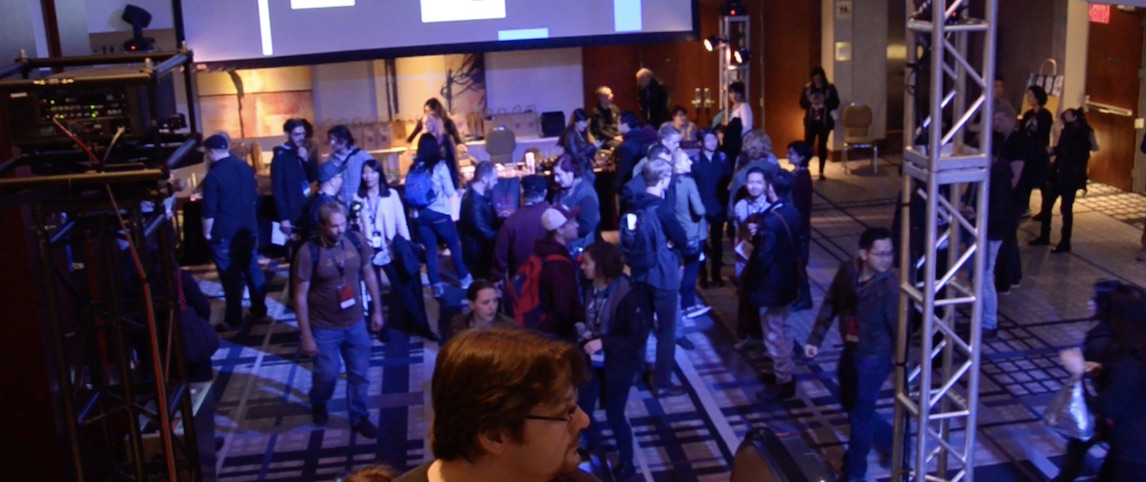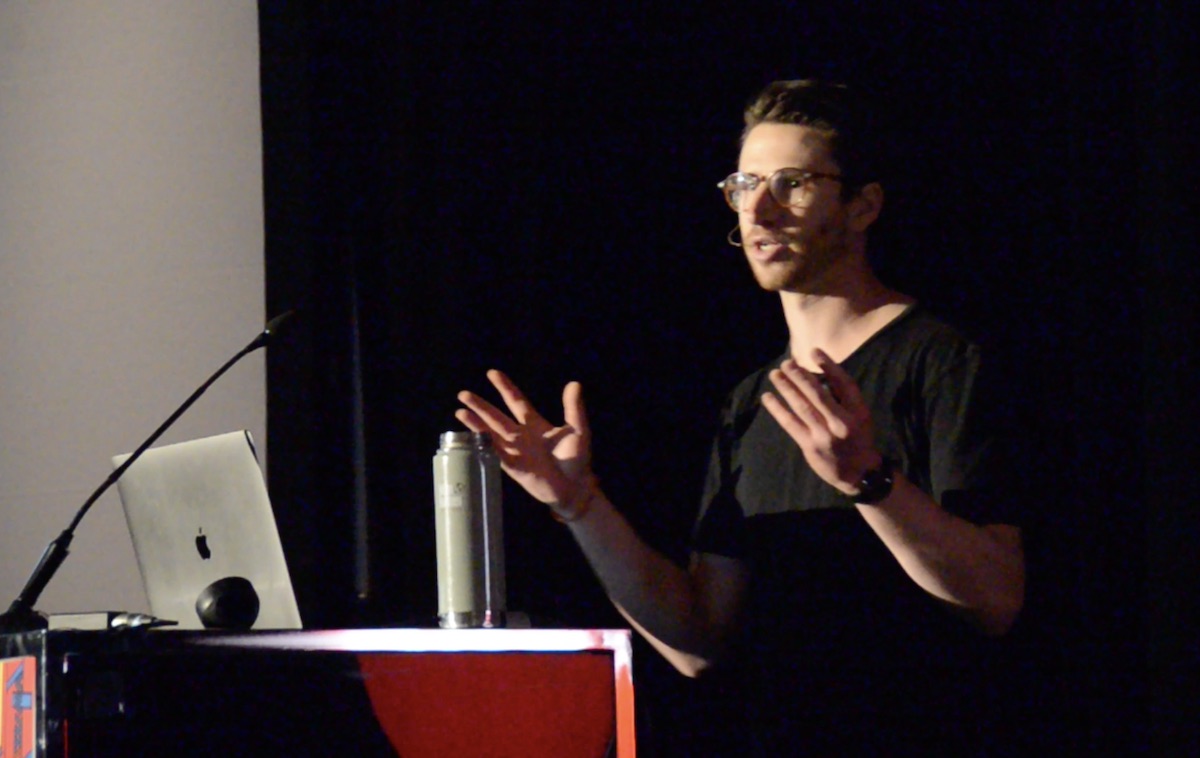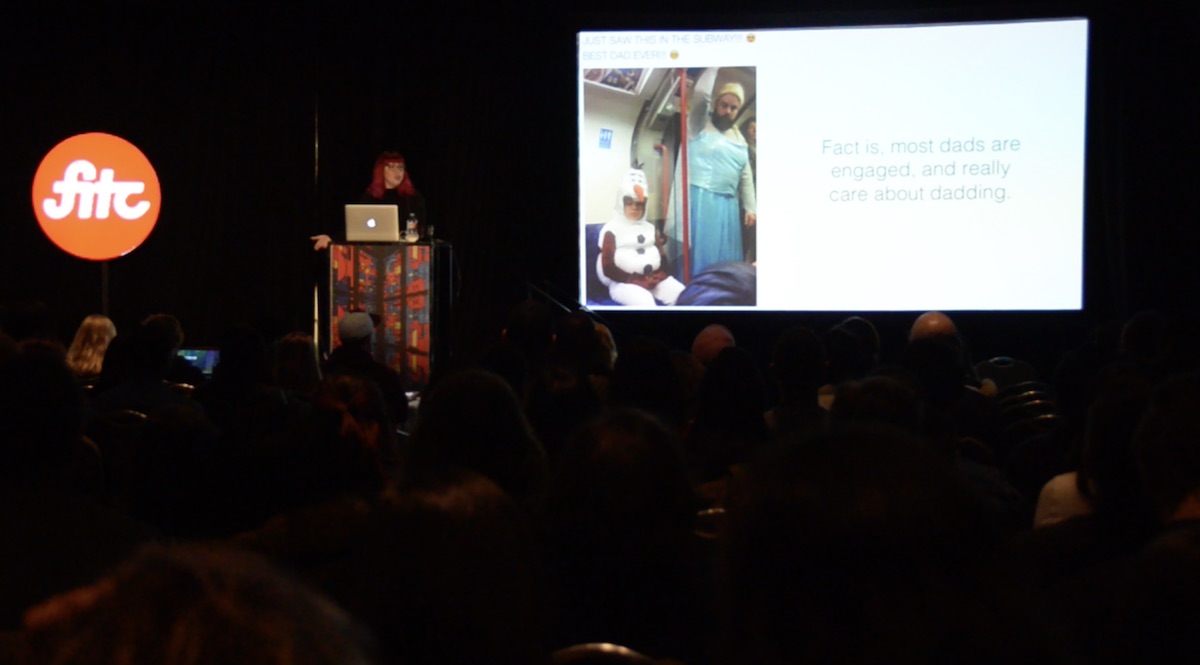FITC Toronto 2017, the renowned technology and creativity conference, took place April 22 to April 24, 2017.
The conference welcomed thousands of attendees including creatives, technologists, executives, and marketers, and enlightened these inquiring minds on the future of innovation, technology, creativity, and design.
Leaders from the global digital, design, and media industries led workshops, informative talks, installations, and presentations, highlighting how design and creativity play a major role in adding value and meaning to business and technology.
Attendees explored technologies such as virtual reality, augmented reality, voice, and interactive technologies, within wide range of disciplines from graphic design, human-centric design, film, service design, industrial and installation design, and more.

Here are some highlights on the insights and notions surrounding the future of innovation, technology, creativity, and design:
Transcript
Paul Trani:
As a designer you need to be able to be fully aware of like, new technology and like embrace it. You know, whether it’s like 3D printing or AI or virtual reality, like whatever it is, we need to kinda like embrace it, ’cause it’s all gonna be part of communicating at the end of the day. We need to be on the forefront of that.
John Rotherberg:
Artists, creative people, always look at kind of themes of the day and age in which they live, and use that as inspiration and kind of raw material for the work that they create. And the way we see things, is let’s embrace this, there are all kinds of things we can do with it, it’s a new creative material. You can use it in an educational way, you can use it in a very focused sales oriented way, or you can use it in a completely expressive artistic way.
Liam Thurston:
-When you think of open source software as a way to like, open up code for people to use it. When I think about design user experience in product design, like creating open source design experiences that are sort of flexible, and you can tailor to yourself, it’s a way to manifest that same sort of community and nature in product design.
Helen Androlia:
I do love how, you know, we’re heading back into having things that are physical, having things like Social Print Studio that allows you to take your Instagram and turn them into these like, printed objects. I think we’re finding this comfortable balance between moving ahead digitally, intellectually, but making sure that we’re also grounding in the physical. This year at FITC I think we saw a lot of cool examples around how technology can make reactive and thoughtful objects.
Paul Trani:
-At the end of the day, we’re like creatives, and I think what really makes things really creative is when you start connecting things that aren’t normally connected, as they say. But that includes new technology. Oh, this new technology popped up, how can I take advantage and exploit it to my best of my ability, like as a designer? So, like, be open to new technology and see how you can use them to your advantage. When any new technology hits, you want the CEO to come to you and say “Hey, I think, Oh, Paul knows about this, let’s go and ask Paul what he thinks about X.”
Innovation by default with the system strategy framework.
Challenging the audience to understand the bigger picture when it comes to designing for people and organizations, and how the two intersect, our CEO, Lee Dale, led the innovation and strategy stream at FITC. He delivered a comprehensive talk on helping organizations meet market needs as effectively as possible by aligning organizational systems and customer segments through the system strategy framework. This framework covers essential considerations around operational capabilities and priorities to align to market needs, including mapping and impacting all the stages and touchpoints of the customer decision-making process.

“Organizations who map only the touchpoints they control are not doing their job.”
~ Lee Dale, Say Yeah!
The power of an idea.
Ivan Cash, founder of Cash Studios warned his audience not to limit their creative inspiration to social media channels even though social media has become a driving force for introducing new concepts and capabilities in digital.

“The pressures of a structured, typical social life often cause us to unlearn our creativity,”said Cash, “Do things out in the real world for inspiration for ideas.”
Once you get into the rhythm of pulling out innovative design ideas from the real world, it’s important to analyze whether or not this idea is tailored to the needs of potential users, otherwise, it won’t have any value in the market.
Shedding your ego.
Creative director at TWG, Liam Oscar Thurston, reminded everyone that design is never about the designer. He walked his audience through the process of shedding your ego by way of understanding your own emotional intelligence (EI)—knowing how to manage it, and how to translate your EI discoveries into storytelling (marketing) and story-making (product design) initiatives.
Paul Trani, senior worldwide Creative Cloud evangelist for Adobe made a great point to accompany Liam Thurston’s thoughts on shedding ego by way of EI:
“Designers must be willing to change. They must diminish their ego, even when it comes to design styles.”
It’s natural to look at your problem and know how to solve it. But having the ability to lay your cares aside and find out how other people are affected by a problem—and how your knowledge, expertise, and insight can make their lives easier—is much more impactful and rewarding.
Using motion to empathize with machines.
Language in voice technology is becoming less complex and more comprehensive. Voice technology is beginning to pick up on international languages and continues to improve as technology emerges. However, until the prediction that human to technology interaction will soon surpass human to human interaction unfolds, certain implications will still remain. Motion is an essential interface model on the rise that experts are saying could fill the gap.
“We’re not using even half of what we could offer as far as experience goes. Motion enhances everything. Humanizing objects, and seeing something that is alive and moving and able to interact with humans is a huge step forward,” said Alon Chitayat, UX and motion designer at Google, “feelings are now the only things that robots can’t conquer.”
Empathy. A designer’s best friend.
“Design culture is about rediscovering the human side of business.”
~ Kit Oliynyk, Capital One
If used cleverly, empathy can create new opportunities for organizations. Helen Androlia, director of social media at Innocean Worldwide Canada briefly spoke on recognizing the neglected variables in everyday life, and how finding empathetic angles and opportunities can turn things around.
For example, in society, other than providing for their families, fathers are often neglected. The mother is always seen with the children. The mother is favoured and apparently always right. From a marketing perspective, empathizing with how a father may feel about this and sculpting a strategy that includes fathers could unveil a new demographic of customers and/or users, and provide new opportunities for an organization.
“Empathy can be built around someone [or something] who is always ignored to create a whole new target,” said Androlia.

The future doesn’t stop there.
Other themes addressed throughout FITC included machine learning and designing for voice, game design, augmented reality storytelling, virtual reality, and more.
If you’re looking for support in navigating these kind of emerging new technologies to ensure your organization is effectively serving your business and your users, we’re here to help.